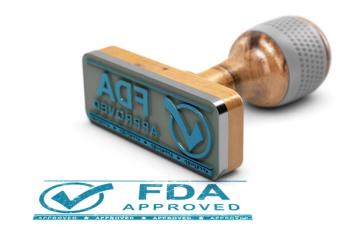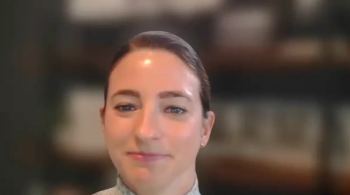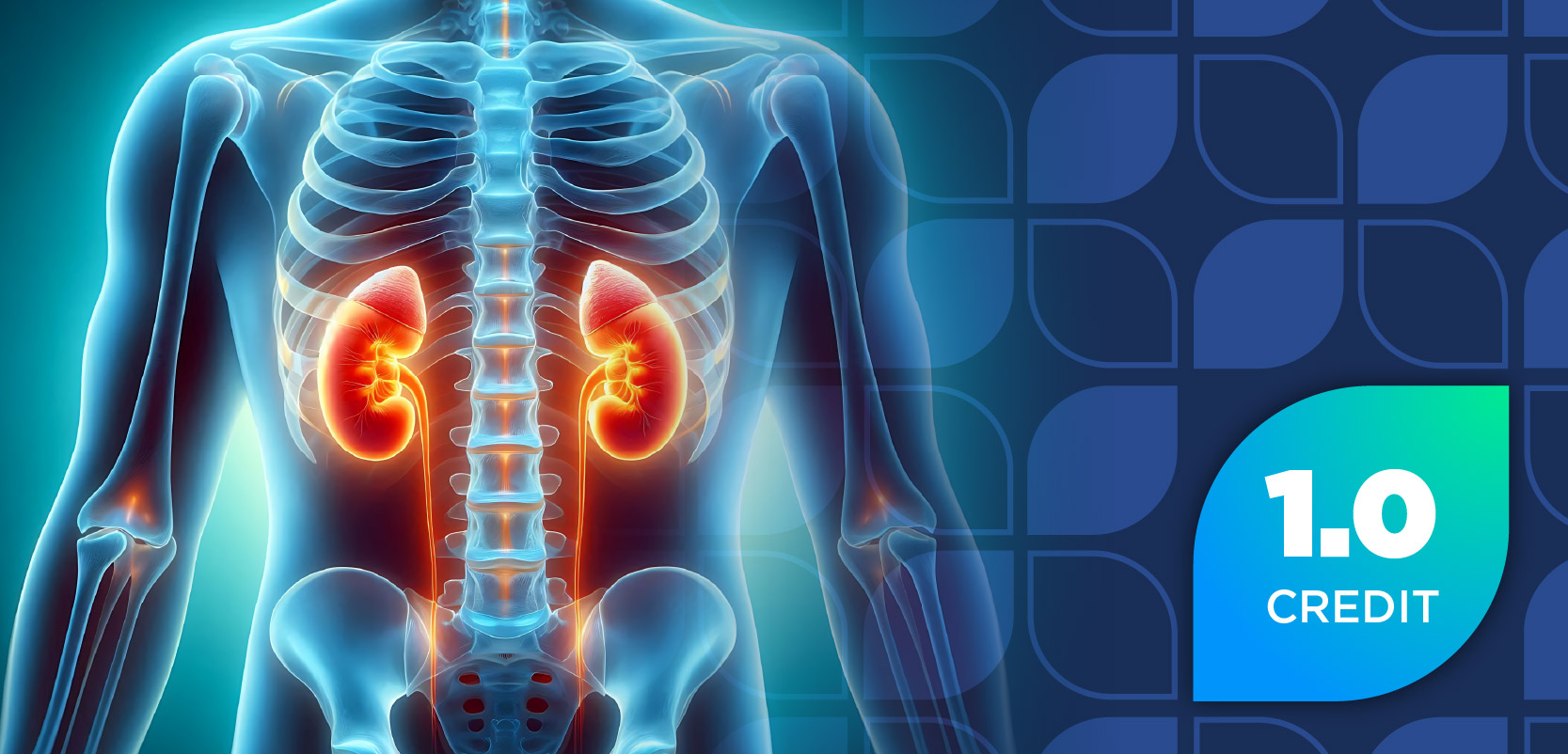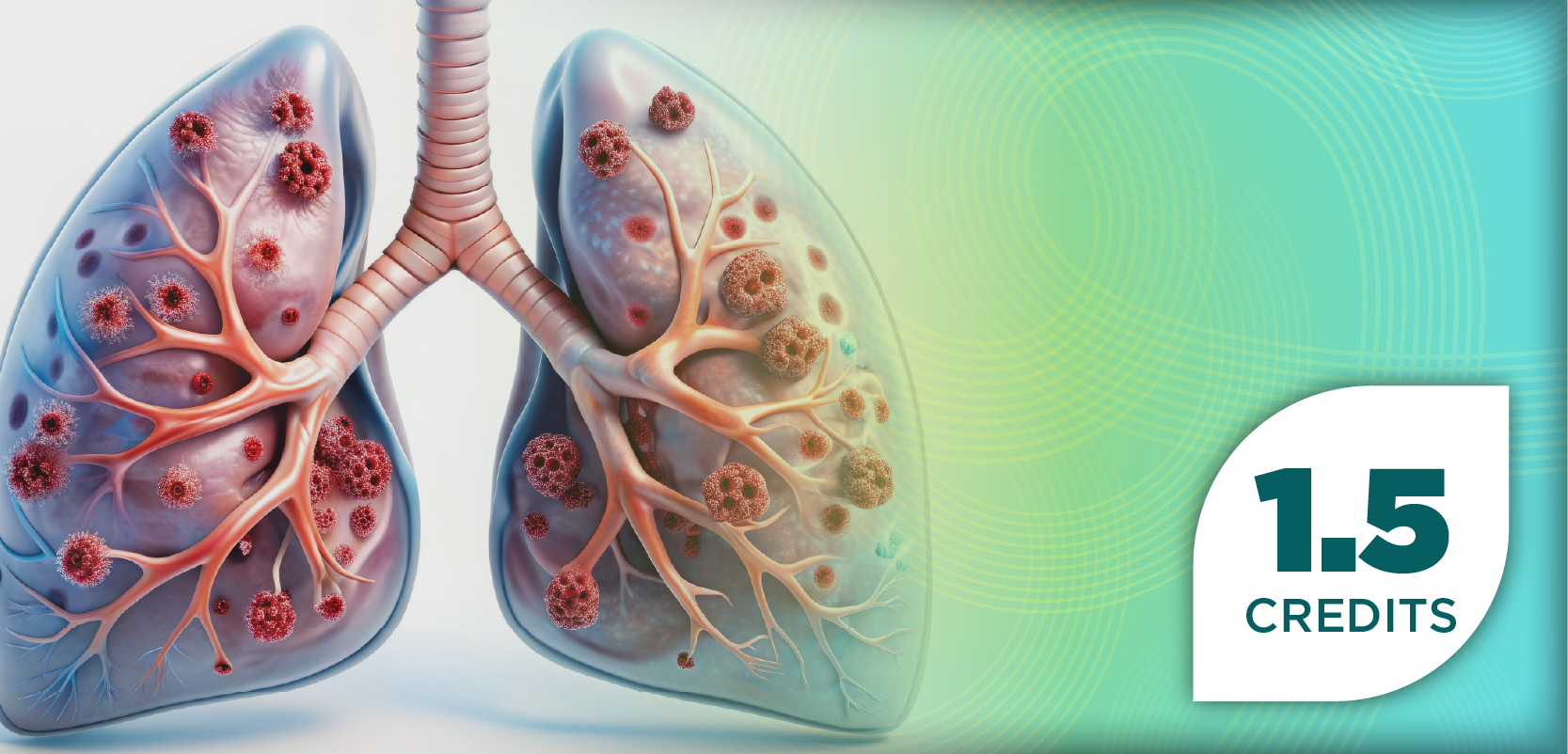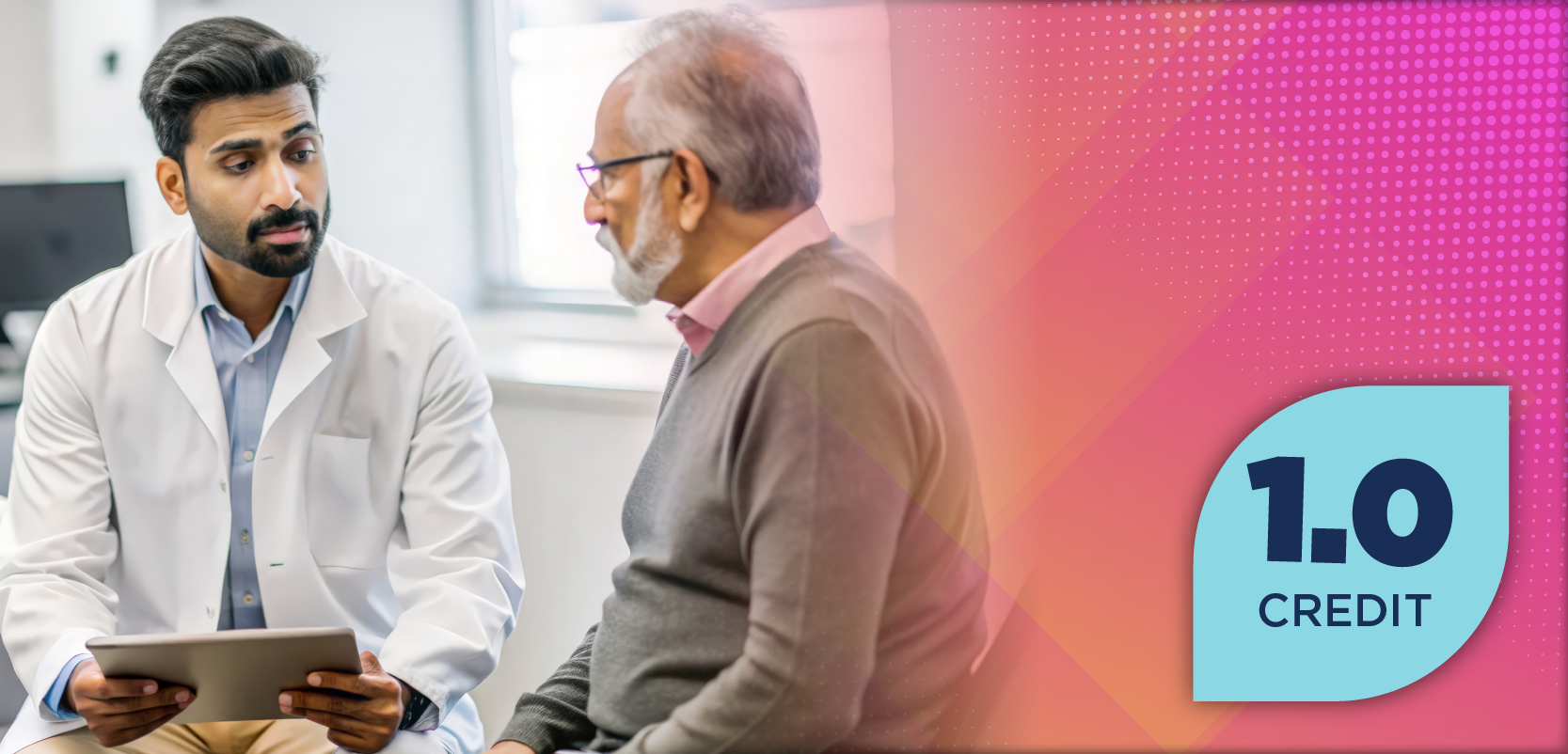Pharmacy Times: Can you explain the results of the LINKER-MM1 trial?
Key Takeaways
- Linvoseltamab achieved deep responses in heavily pretreated multiple myeloma patients, with around 50% reaching complete remission or better.
- The agent’s step-up dosing protocol, requiring only 24-hour hospitalization, makes it a patient-friendly option—especially for older adults.
- Safety outcomes were favorable, with manageable CRS (46%, mostly grade 1) and low rates of neurotoxicity (7.7%), supporting broader use in real-world settings.
Sundar Jagannath, MD, MBBS: Yes, this is a bispecific antibody, and we participated in the LINKER-MM1 trial at our center. I had firsthand experience with it and had the chance to present the results at AACR in 2024. The results are now published in JCO. As a class, BCMA-CD3 bispecific antibodies have an overall response rate of around 70%, so we were pleased that linvoseltamab performed very well. Most responses were deep—50% achieved complete remission or better. I don’t recall the overall MRD rate, but at our center, we perform MRD testing, and I have patients who achieved MRD negativity, which is fantastic for patients who had failed 3 or more prior lines of therapy. These patients had been exposed to the main classes: proteasome inhibitors, IMiDs, and anti-CD38 monoclonal antibodies. Realistically, you could say they were exposed to quadruple therapy, as dexamethasone is included in all regimens. Importantly, there was a good proportion of high-risk patients in this trial—about a third—and they all responded.
From a clinician’s perspective, linvoseltamab is well tolerated and effective. What’s unique about it is the step-up dosing. It's administered once a week with 24-hour hospitalization. This is especially appreciated by [older] patients who don’t want to be in the hospital for 7 days, like some other step-up regimens require. Some older adults experience confusion or discomfort with prolonged hospitalization, so the 24-hour stay is a big plus. The step-up dosing is gentle: starting at 5 mg (1/20 of the full dose), then 25 mg (about 1/8), and then the full dose. CRS was observed in about 46% of patients, but most of it was mild—grade 1. That means over 50% didn’t get CRS, and when it did occur, it was manageable. In the trial, investigators could use tocilizumab (Actemra; Genentech) or dexamethasone. About 22% used tocilizumab, and another 10% to 15% used dexamethasone. Neurotoxicity (ICANS) was low, at around 7.7%, with a balanced distribution across grades. Now that the drug is commercially available, people ask me if I would use it. Absolutely. Especially for patients aged over 75, it’s a great option. Many patients in the trial were aged over 65 or 70 years, making it a very promising choice compared to chimeric antigen receptor (CAR) T-cell therapy, which is harder to offer to older patients due to risks and logistics. Linvoseltamab is a very palatable, accessible alternative.


